4 types of hearing protection any shop should have
Modern repair technology has come a really long way. We as humans have the ability to restore function to so many broken or damaged things. It’s amazing, but we should also understand what cannot be repaired. The one major example that people often forget is the human ear. Our hearing is a delicate thing that once gone is typically gone forever. Luckily it is pretty easy to prevent damage and the old cliche about an ounce of prevention holds true here. For $200 you can have 4 solid options for all-day comfort and safety.
Hearing protection, like most personal safety items in the shop, comes in various levels of protection. Having to use the same piece of equipment for every situation could cause you to use none at all due to the annoyance of stopping to find the right hearing protection. That search can sometimes take longer than the project you need hearing protection for. Short jobs are just as damaging as big jobs though. Tinnitus and hearing loss do not care about your timeline.
There are a couple of terms we need to define before we are able to compare and understand what makes one solution better than another for certain tasks. The first is decibel and how we measure sound. Sounds pressure waves traveling through air bump up against our eardrums which vibrate against three bones—the malleus, incus, and stapes—which comprise our inner ear. Those vibrations are interpreted by our brains. Parts of that system can get damaged by too much or constant pressure that comes from loud noise. Just 70 decibels for an extended period of time can be damaging. For reference that is roughly equivalent to a vacuum cleaner running six feet away.
The second term to know is NRR or Noise Reduction Rating. This is the metric through which the efficacy of hearing protection is judged. The higher the NRR the lower the transfer of sound through the hearing protection to the ear drum. When shopping for hearing protection this number should be easy to find and high is better for most situations but depending on the job you might not need the highest form of protection. In fact, having the four types of hearing protection listed below ought to cover most home garage needs.
Active noise-canceling headphones
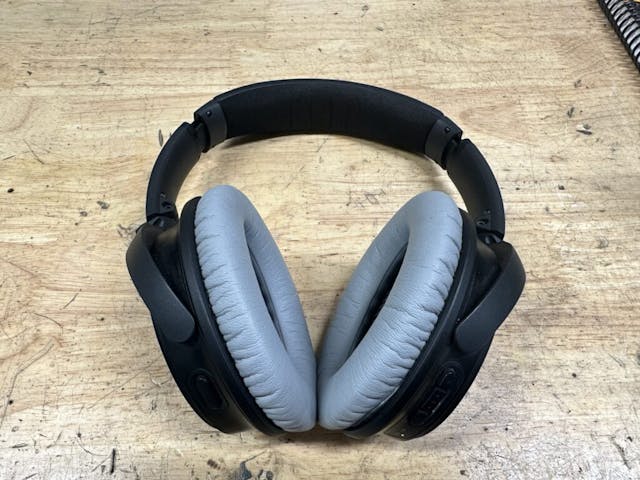
Sometimes the noise is not much more than the dull roar of machines running in another room or a modern power tool running at arm’s length. It might add up to a dull roar that can be tolerable but why tolerate what you don’t have to? Active noise cancellation is technically not hearing protection but in the right situation, it sure feels like it.
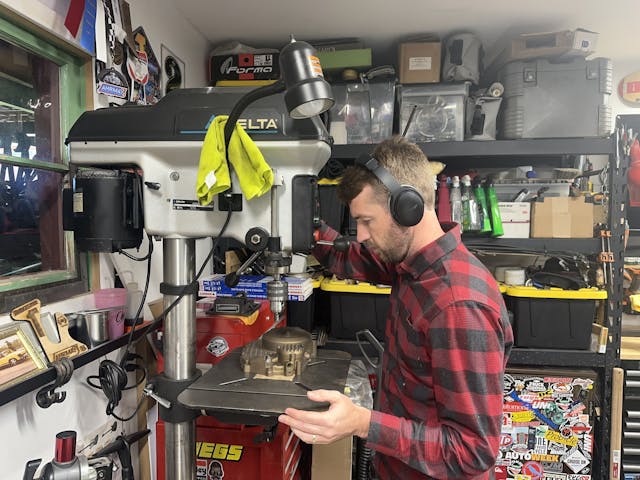
Active noise cancellation does not insulate our ears from the surrounding noise. Instead, there is a microphone that picks up the surrounding noise and then produces the opposite sound waves via the speakers in the headphones to neutralize the surrounding noise to the wearer’s ears. It’s a fairly complicated system that has dropped significantly in price over the years and now there are sub-$50 options that work fairly well for general wearing. Best suited for steady background noise like an air compressor filling the tank.
Custom molded earplugs
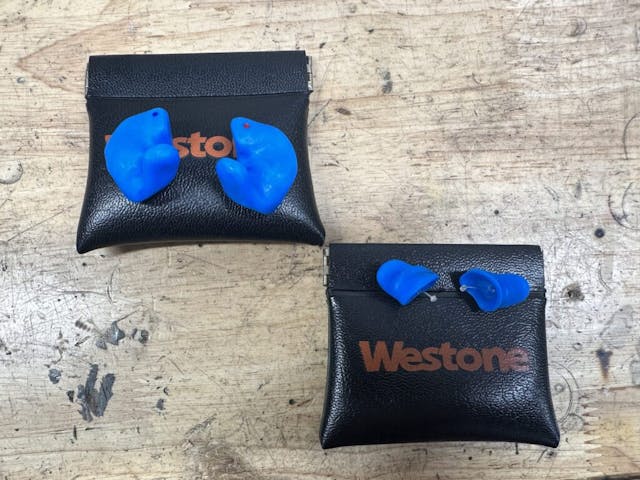
The next step in your hearing protection journey is to go see an audiologist. Just like how you wouldn’t take advice about brushing your teeth from a 30-something writing about cars on the internet, you really shouldn’t take my word as gospel for how to best take care of your hearing. A professional has access to tools and information I don’t.
This is why I will tell you about my favorite thing my audiologist did for me: stuffed my ears full of foam. Well, that might be a little misleading, but mostly accurate. They took a mold of my ears and then used it to create reusable and extremely comfortable in-ear hearing protection specific to my ears. The NRR on most custom-molded ear plugs like these are in the 30-32 range but without interfering with taking a helmet or glasses on and off. They are low profile and comfortable for long-duration wearing like at a racetrack. My personal favorite for working in the pits at a track or fabricating in the shop where I might be doing small amounts of work with an angle grinder or die grinder and don’t want to have to take hearing protection off and on. A middle-ground option before full custom molded ear plugs is reusable triple-flange plugs.
Over-ear muffs
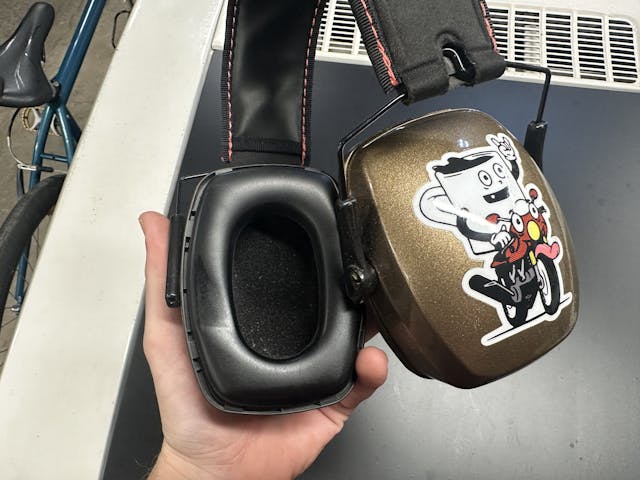
The old standard. Rather than trying to fit the sound blocking inside your ear, muffs create a barrier on the outside. These can be found in various levels of NRR and most importantly can be found in a multitude of sizes including some designs specifically for youth. For a quick job or if having something inside your ear canal for a long duration is uncomfortable, these are the solutions. The easy on and off nature along with durability makes it obvious why these have been the gold standard for a long time.
Like all the other options here, fit is important. ensure that the band over the top is adjusted properly to have the muffs sit over your ears and that the seal around the edge has good contact with your head. Even just the crack in the seal from having sunglass arms can be enough to limit the effectiveness of over-the-ear protection. A bonus is how these also keep your ears clean, which can be nice when doing a lot of grinding or are in a very dusty environment.
Foam “roll and stuff” ear plugs
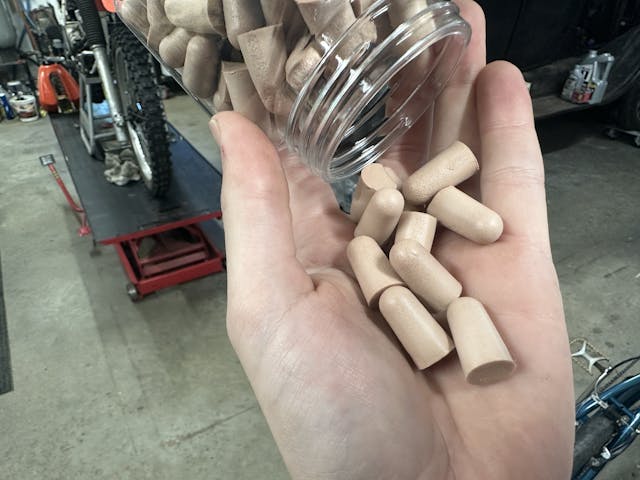
Interestingly, the disposable option comes last and actually is the most effective. Foam earplugs often have the highest NRR and are the most affordable. That comes with the tradeoff of needing to properly insert them into your ear and also having spares or extras around due to their disposable nature. While foam earplugs can occasionally be reused it does open up the opportunity for ear infections if not careful. A whole bunch of these earplugs often come with a minimal price tag so they are worth having both in the shop and in your car since they are perfect for handing to someone who might be underprepared at an event or wrenching session.
Regardless of which style of hearing protection you favor, using something is better than nothing, and having the right thing on hand makes using proper hearing protection that much easier.
***
Check out the Hagerty Media homepage so you don’t miss a single story, or better yet, bookmark it. To get our best stories delivered right to your inbox, subscribe to our newsletters.




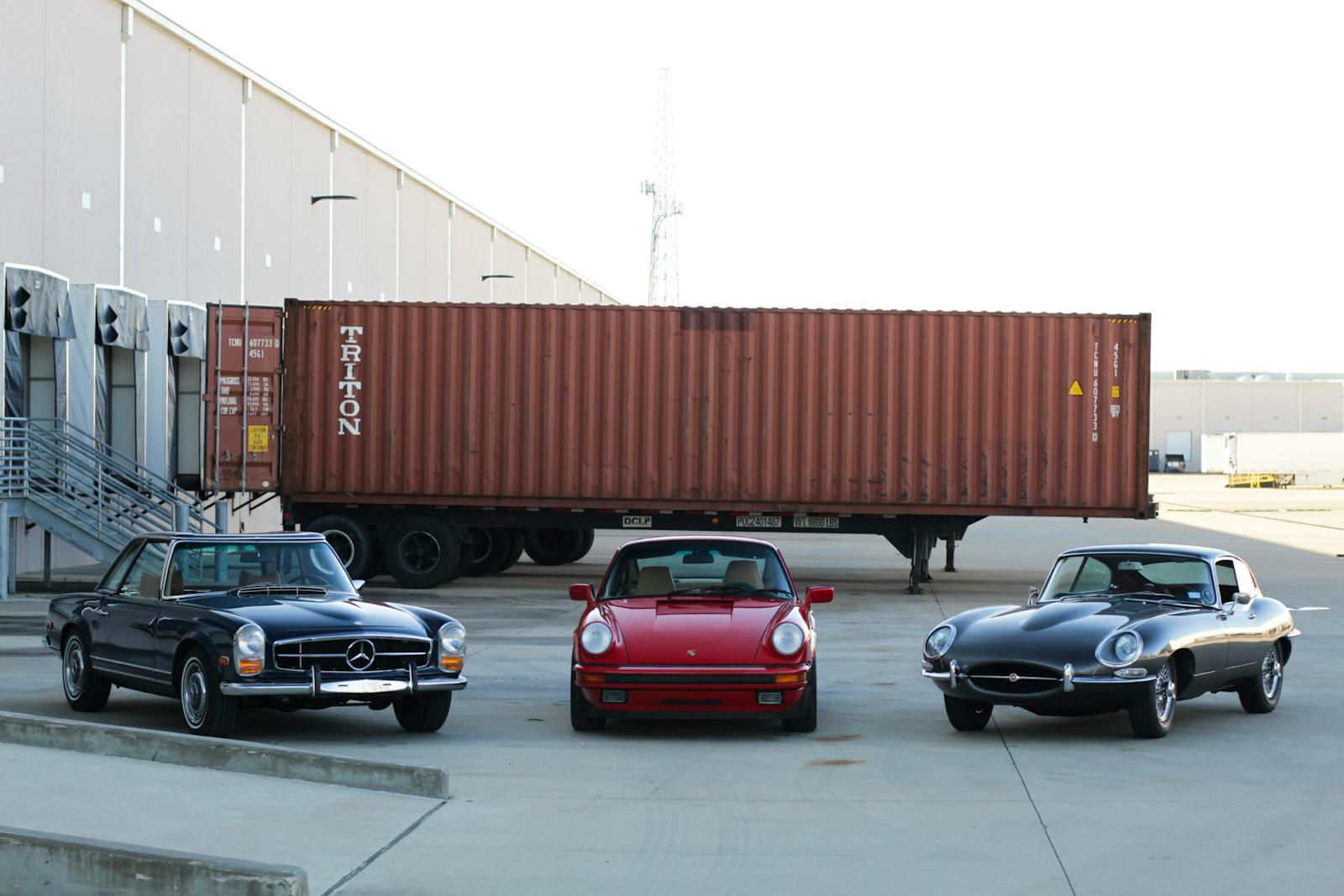
The “roll and stuff” earplugs are also good when painting things with threaded holes. The earplugs are pretty effective at keeping paint out of them.
As a new dad, I used them as nose plugs. I leave the scenario to the student’s imagination.
What?
Beat me to it…
What type works best to keep the “where are you? I need you to do something” calls (in the voice of Mrs. DUB6) from interrupting me in the shop?
My high frequency hearing loss coincides with the ‘wife’s voice frequency’. Joking aside, hearing loss and/or tinnitus can be debilitating for some. Mine is courtesy of the U S Navy and the waxed cotton balls provided for ‘hearing protection’ way back in the day. Now I use foam ear plugs for loud activities and add mouse ears for the extra loud. Thanks for the safety related articles!
Mine is from shooting on the ROTC rifle team without any hearing protection at all.
We always wore hearing protection when I was on the ROTC Rifle team in the early 70s. The plugs were cotton that was impregnated with wax and rolled with fingers and stuffed in to provide a very good method of SPL damping.
My hearing is still extremely acute as I have always worn plugs at concerts and while riding motorcycles or driving in my E-Type OTS.
A locked shop door and silence, My wife opened the door when I was making a long cut on my table saw. Once. Never again in well over twenty years.
Also: a gag, for “you know the types”.
In addition to proper hearing protection, high quality battery operated tools can reduce shop noise. Since adding an electric impact wrench, there are jobs which no longer require the noise of the air compressor or the high pitch of air powered tools.
I find all the the safety related articles informative and useful. An article on fitness and how to protect our backs, knees, wrists, and shoulders might be welcomed by the community.
By the time my father ended his forty-four year career as a mechanic, he had endured two back surgeries, surgeries to both wrists and shoulders, and repairs to one knee. He had also lost much of his hearing before he turned 50.
We can’t take care of a car if we don’t take care of ourselves.
In the late 70s Terry Hoarde was a regular at the PIR drag strip. The Samurai Warrior was more ear shattering than any nitro car.
https://youtu.be/nDxiNk94iVE?feature=shared
Yes indeed! And annoyingly loud at that!
Good article that should be taken seriously. When I was young I found the “safety stuff” annoying to use. Now I’m suffering for it. I have a buddy who has lost most of his hearing and regrets his cavalier attitude about protecting his hearing when he was younger. The other thing is to use a full face shield when grinding — one trip to the emergency room to get a metal splinter removed from my eyeball and now I always use a full face shield (yes I had cheap safety glasses on, not good enough).
If you’re using gas-powered lawn tools, wear ear protection while operating them as well. When your gas-powered mower dies, get an electric one. You wouldn’t believe how much more peaceful and relaxing it is when the mower just quietly chops away.
Got an Ego a couple of years ago. Now I say I’m going out to vacuum the lawn which is exactly what it sounds like.
Sometimes my neighbors think I am nuts for pushing around a dead lawnmower…until they come to check on their crazy neighbor and realize its just an electric mower!
Yes, I crank up my ear buds to drown out the sound of the lawnmower/snowblower depending on the season.
lol
I do try to protect me ears at concerts as well as when working on cars. My ears have definitely lost a little over the years.
Luckily the TV volume still has room to be increased…
As an added benefit all can help protect you from Taylor Swift .
Ba dum tish!
I’d like to add these to the list. I crowd funded these for shooting and love them. They are electronic with a variety of features and they really work…
https://proears.com/stealth-elite/
I’ve been in Aviation for 40 years and I wear ear plugs and muffs when I’m on the flight line,during engine run ups or in the wing manufacturing buildings.They are REALLY loud.
Same here. Made a career as an A&P but started with flight training in the 70’s. Back then the only pilots who wore headsets flew helicopters. That meant a whole lot of screaming in the cockpit. Paying the price now. Oh by the way, a wise man once advised me to never fly in an airplane where the wing flies faster than you do.
I zealously protected my hearing into my late 60s. Then a friend’s accidental discharge of a pistol in his home took away much of my high-frequency hearing in one ear. I still carry soft plugs in a pill case so I can preserve what hearing I still have. I have friends who have severe hearing loss and won’t protect what’s left because the noise doesn’t seem loud to them. The damage still takes place whether you perceive the noise as loud or not.
That’s a bummer to hear (no pun intended). It’s wild how we can all be so good and then it is one instance where we are caught without hearing protection that causes the damage.
Macks silicone ear plugs and ear muffs, will hardly hear your chain saw . Should have known earlier !!!
K Lap, my theory is that the numbers on the TV volume scale correspond to the age of the listener!
I just gave up watching TV when the neighbors 2 miles down the road came up and complained about the noise.
All kidding aside though, as a result of never using much of any protection throughout careers and entertainment from the 1950s through the 1990s, I’m darned-near deaf. I encourage any youngster reading this column to take prevention seriously, ’cause once it’s gone, there’s no turning back.
I’ve worked with “tough guys” who resisted hearing protection claiming “I’m already deaf so I don’t need it!” I could never convince them that if you have any left, you still have something to lose.
Don’t the wings fly faster than the occupants in every helicopter?